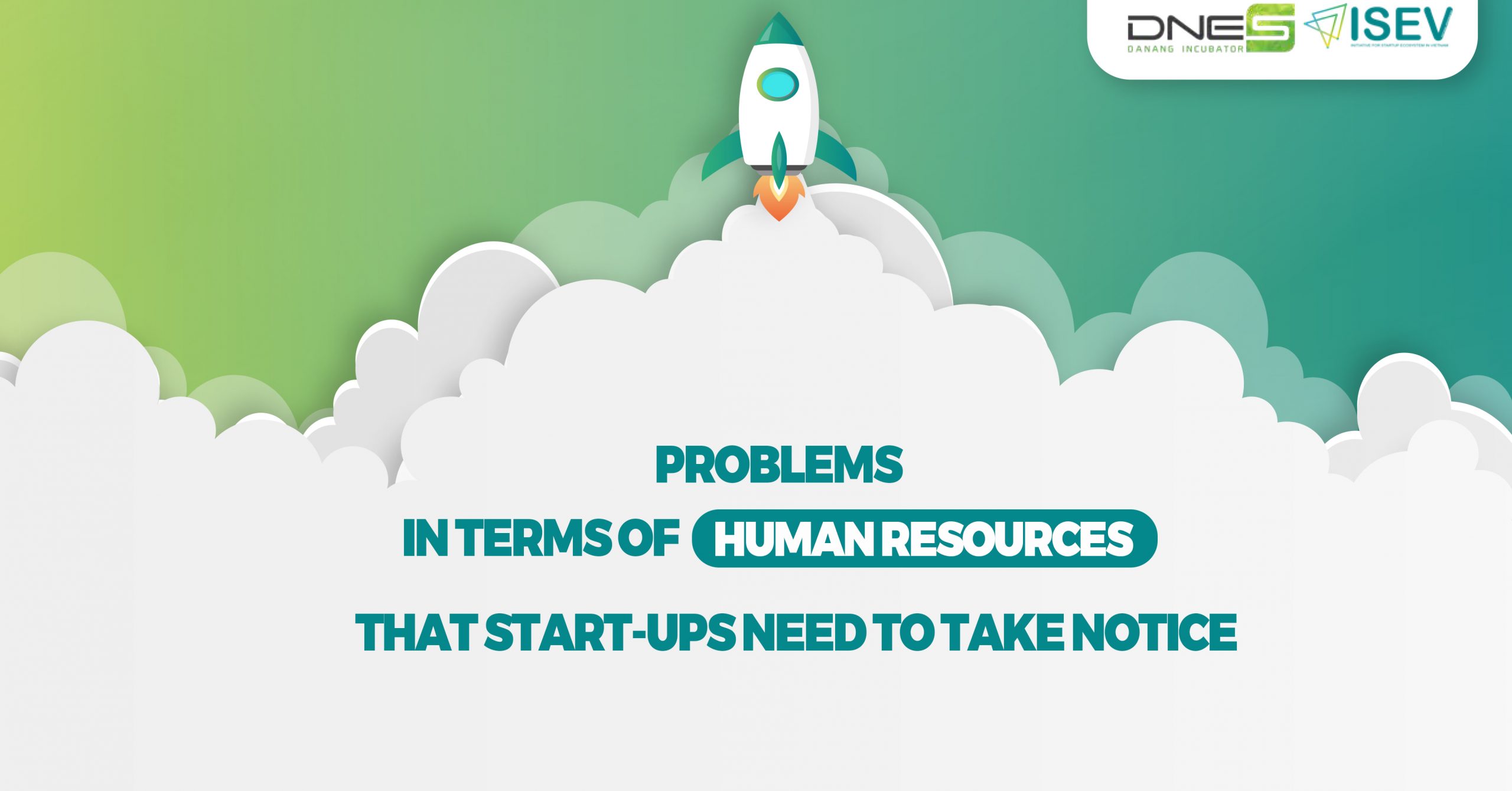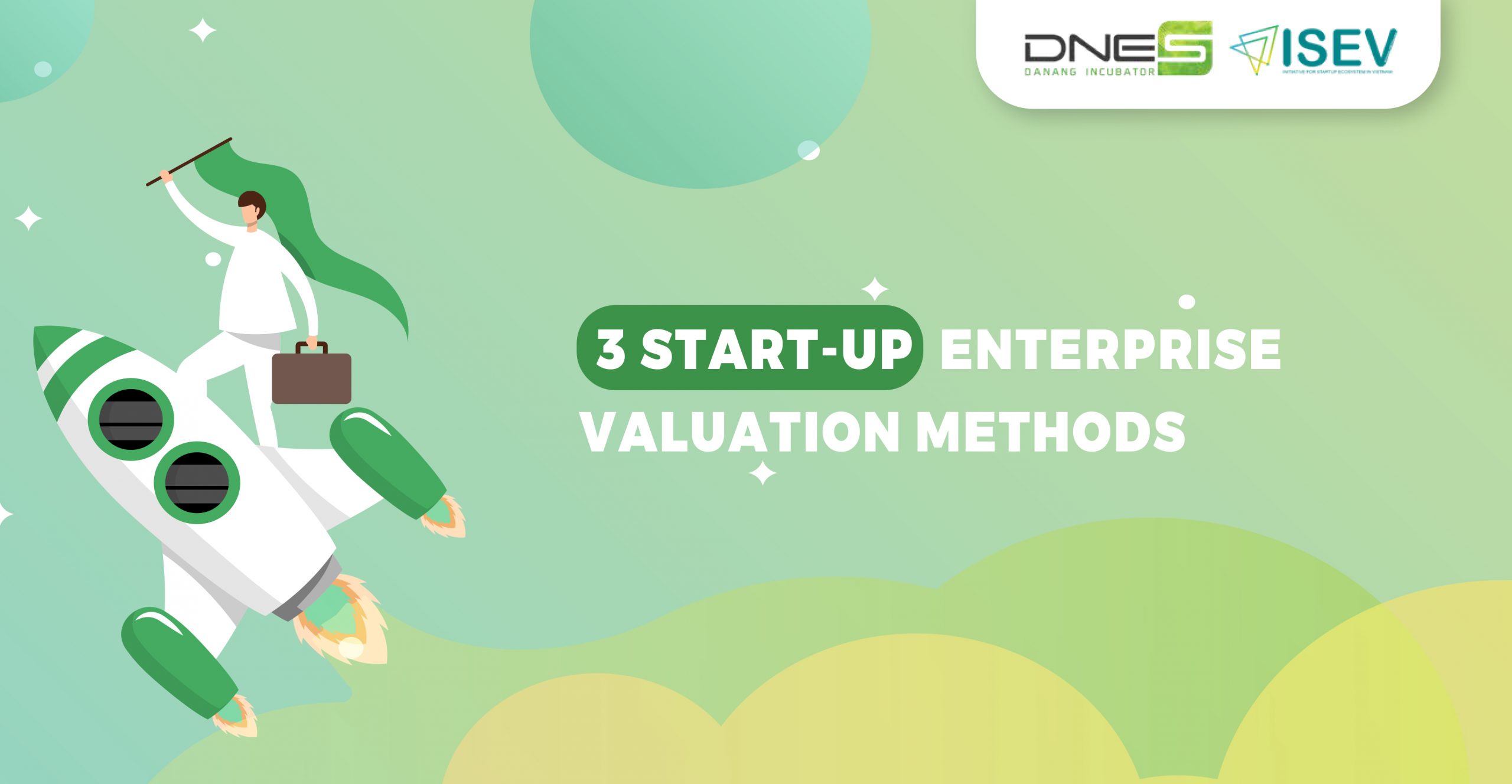3 START-UP ENTERPRISE VALUATION METHODS
Referring to vague concepts in the investment world, it is impossible not to mention the concept of "enterprise value". How to assign value to a business when it is a collection of many tangible and intangible components? While it is extremely difficult to give an exact valuation, it is a pivotal step in the investment process. To give you the most comprehensive view of business valuation, DNES introduces you to the lesson on "3 methods of valuing startups", compiled by ThinkZone and expert Bui Thanh Do.
When valuing a business, the parties rely on the value of the company and the amount of money invested to determine their stake in the company and a new valuation. Then, based on shares to determine other important things like dividends, voting rights, etc. There are many methods proposed to determine the relative value of the company. Each method can give different valuations, so understanding each valuation method will help you protect the value of your company from investors (note: investors will try to lower the price. value your company to increase their stake in the company). Below is a summary of 3 common methods commonly used by investment funds when valuing startups.
1. Capital-based method:
With this method, we look at the value of the total assets that the startup already owns, these assets can include:
+ Capital contributed by the co-founders
+ Fixed assets such as offices, vehicles, …
+ Other types of assets
It can be seen that, when applying this method, we will look to the past, look at the total value of assets that have been poured into the company. Of course, this is not an exact valuation number because it only considers past assets, not any future potential of the company.
In addition, technology startups often do not have many fixed assets, so this method is often not suitable for valuing startups because the resulting figure will be extremely low and not accurately reflect the value of the company. company.
However, the valuation figure given by the "asset valuation" method will give us a "floor price" to determine the exact price later, because if the founder has invested $ 1 million in the startup. , the valuation of the startup will usually be well over $1 million (unless the business is really bad and has almost failed). But if this is the case, often investment funds will also have a hard time investing. invest in that startup.
2. Comparables method:
Second we will come to the comparison method. This is the most common method for valuing companies at an early stage. Investors will find a similar company to the company they are valuing, and then use that company's value as a yardstick for valuation.
There are aspects or parameters between similar startups that can be compared: For example, MAU (Monthly Active User), GMV (Gross Merchandise Value) , or MRR (Monthly Recurring Revenue),…
Real life example: “Startup X and startup Y have similar business models and products. In which, startup X is valued at 4 million USD (via announced information from the latest funding round) and has 50,000 active users. Startup Y has 100,000 Active Users, twice as many as X, so compared to this user, Y's valuation is 8 million USD.
With this comparison method, just like when shopping, we look at the prices of similar products (in this case, startups) to determine if the price of the product is high or low.
Advantages of this method include:
- Highly convincing, because it is based on the benchmark – the common standard in the market.
- Solving the problem of asset-based pricing is not considering future potential. By comparison method using benchmarks of previous companies, proven by the market.
- Simple, easy to understand, do not rely on complicated calculations, avoid "scam" tricks when pricing.
However, we also see the weakness of this method is:
- Incomplete information: We often only collect a few metrics of similar companies, not all of them, so published figures may not be accurate.
- If your startup is a first in the market, you won't have a similar company to compare with.
- Companies are not exactly the same, so the resulting valuation is often approximate.
- Because this method is based on market benchmarks, if the market is in a bubble (overvalued), so will the valuation, or vice versa.
To get the most accurate valuation possible, we often take benchmark data of many similar companies, and benchmark against many different indicators (MAU, MRR, GMV, …). From there, a reasonable valuation range can be negotiated between the startup and the investor.
This is a method of valuing a business by predicting its future cash flows and then discounting it to the present time. The method is based on the assumption that the value of a startup is equal to the total present value of the cash flows it expects to generate in the future.
Specifically, the DCF method values a business based on expectations of its future performance. This is different from the asset-based valuation method (based on what the startup has spent since its inception, ie looking into the past), and also different from the comparison method (with similar companies). on the market, ie looking at the present).
Advantages of the discounted cash flow method:
- This method values a business based on its financial strength in the future. Therefore, businesses that have historical cash flow data will help predict future cash flows more accurately. And because this valuation formula is built strictly on corporate finance, the resulting figure will have a more financial basis.
Weaknesses of the discounted cash flow method:
- Since valuation is based on the firm's expectations of future business performance, there is a risk of predicting the future with this approach. From the formula above, you can see: we need to predict two things: (1) the discount rate r (which represents the level of risk in the future), and (2) the cash flows that the company expects to receive in the future. hope to create.
- Predicting cash flow is difficult because: Startups in the early stages of 1-2 years do not have much data in the past to use as a basis for predicting future cash flows;
- Many Vietnamese start-ups do not prepare financial statements properly, leading to the lack of data to predict;
- Unlike traditional businesses that have fairly even growth graphs (for example, 5% each year), the growth graph of startups is often very sudden and difficult to predict. For example, the first 2 years of 0% and -5% growth, the 3rd year can suddenly grow to 20%.
- Most early stage startups have very low cash flow, or even no revenue yet. Therefore, the valuation obtained from this method is usually very small.
- Predicting the discount rate r is also not easy. Because no one can accurately predict figures like inflation rate, financial crisis, or even Covid.
Therefore, the discounted cash flow method is usually only applied when valuing startups that have reached a certain maturity, have clear, stable, and large enough revenue.
Among the above valuation methods, the Comparative method is the most commonly used method in Vietnam, because of the early stage characteristics of Vietnamese startups. When valuing a company, investors often evaluate using many different methods, thereby obtaining different numbers. These numbers help them pinpoint where startups are valued. And the remaining work is the negotiation between the founders and investors to come up with the final number.
To learn more about startup business valuation methods, please watch the video lesson below:
Tác giả: Bùi Thành Đô




